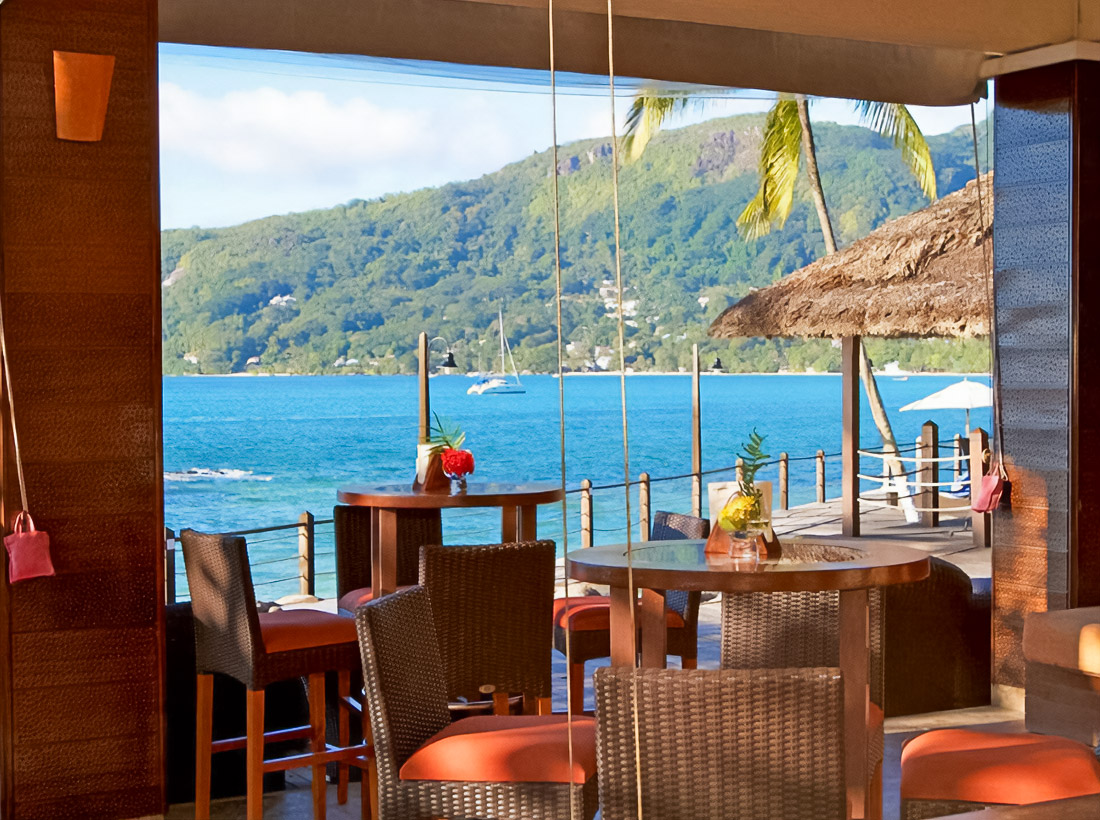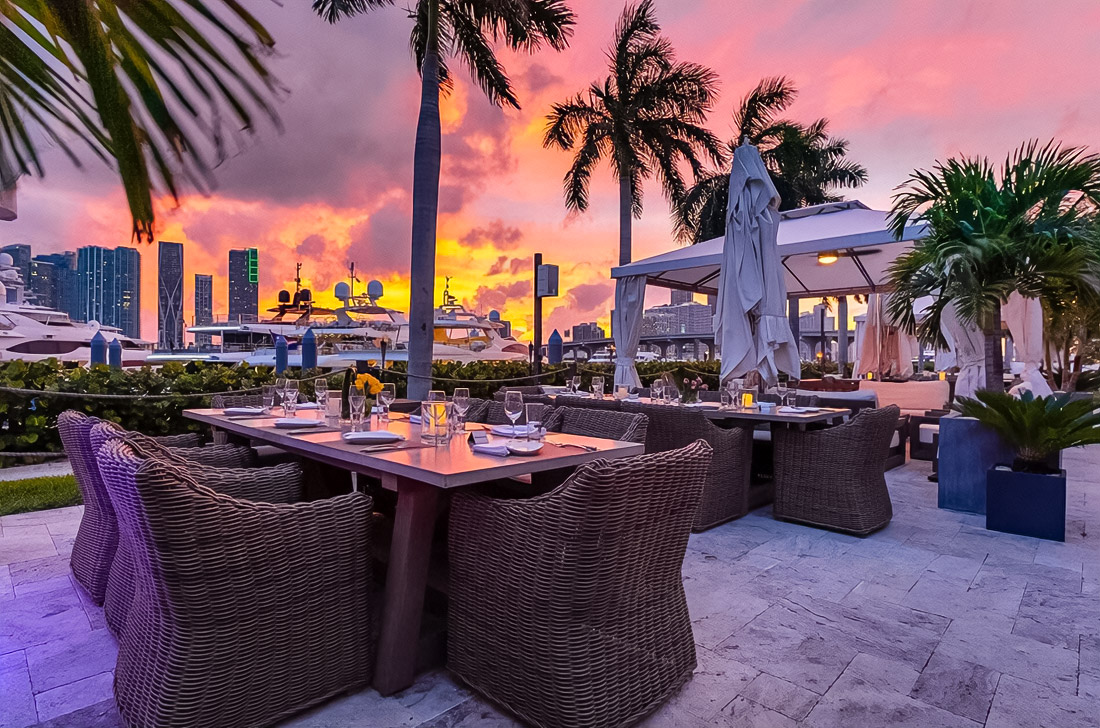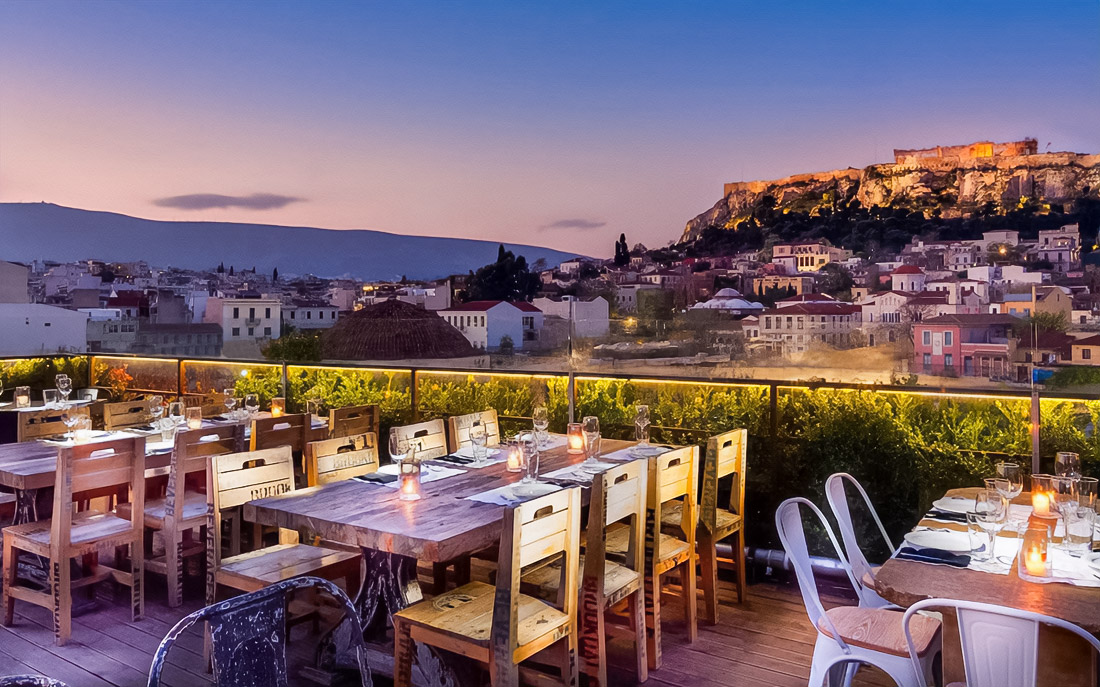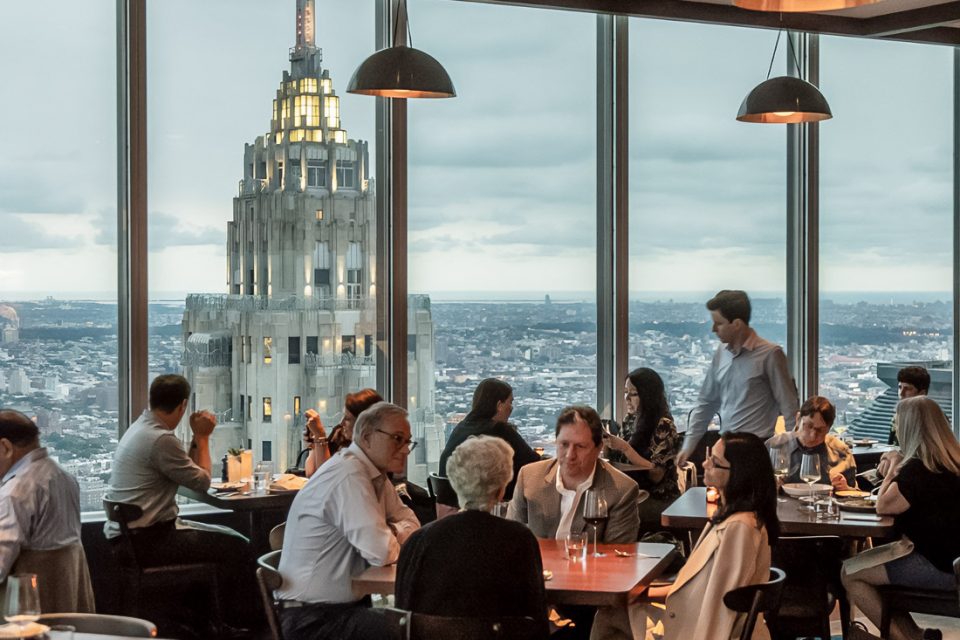Aesthetic psychology — this is an extensive field of research studying how aesthetic elements of the environment affect our emotions, perception, and behavior. In the restaurant business, this discipline acquires special relevance, exerting significant influence on the overall impression of visiting the establishments. The interior of the restaurant is capable of increasing the satisfaction and loyalty of clients. In the given article, we discuss the main aspects of aesthetic psychology in the design of interiors of restaurants and analyze successful examples, highly evaluated GreatList. Learn more about best restaurants with view and get inspired by their design.
Color palette: Creation of atmosphere through shades

- Color plays the most important role in the creation of the atmosphere of a restaurant.
- Psychologists confirm the influence of color on emotions and behavior. Warm colors, such as red and orange, are capable of stimulating appetite and creating coziness, whereas cold shades, such as blue and green, contribute to relaxation.
- Restaurants of fast food often choose bright, saturated colors in order to accelerate the time of the meal, whereas elite establishments prefer more restrained shades for the feeling of luxury and comfort.
Lighting: Art of management of mood

Lighting — a key element of the interior, influencing the perception of space. Professionally selected lighting is capable of emphasizing the merits of the interior and setting the necessary mood. Learn more about lighting and its significance.
- Cozy cafes and restaurants for romantic meetings often apply soft, muted lighting, considering it is atmospherically intimate.
- Modern minimalist establishments choose bright lighting to emphasize purity and simplicity of design.
- Researches show that lighting influences the duration of stay, the mood of guests, and even their choice of dishes.
Textures and materials: Influence of tactile sensations

In the interior of restaurants, textures, and materials play a significant role in the formation of the overall impression. Materials such as velvet and leather are associated with comfort and luxury, whereas concrete and metal give an interior industrial style.
- Tactile sensations capable of influencing the perception of quality of service and even taste sensations from dishes.
Successful examples according to version GreatList

GreatList conducted an analysis of the best restaurants from the point of view of the design of the interior and singled out several successful examples. More about cultural aspects of restaurant design can be learned from research.
- Restaurant “Lumina”: Uses soft pastel tones in combination with natural lighting for the creation of a cozy and calm atmosphere. Wood and linen create additional comfort.
- Restaurant “Urban Chic”: Industrial style and minimalism, in combination with bright accents and lighting, create a dynamic atmosphere popular for meetings and events.
Principles of integration in design

- Understanding of target audience: bright and modern elements should apply for youth, and classical — for the mature public.
- Concept and style: design should correspond to the overall idea of a restaurant and support its uniqueness.
- Functionality of space: design should be not only aesthetically appealing but also convenient for guests, including ergonomics and comfort.
Avoid common mistakes in design
- Excessive use of bright colors: avoid the fatigue of guests and create harmonious combinations of shades.
- Insufficient attention to lighting: use combined lighting, in order to create different moods.
- Overloading with decor and furniture: focus on key accents for convenience and style.
Aesthetic psychology in the design of interiors of restaurants — a powerful tool for improvement of client experience and increase of loyalty. Understanding of principles and their competent application create unique and attractive spaces, evoking positive emotions. Successful examples of restaurants evaluated by GreatList show that details and psychological aspects of design become important competitive advantages.
